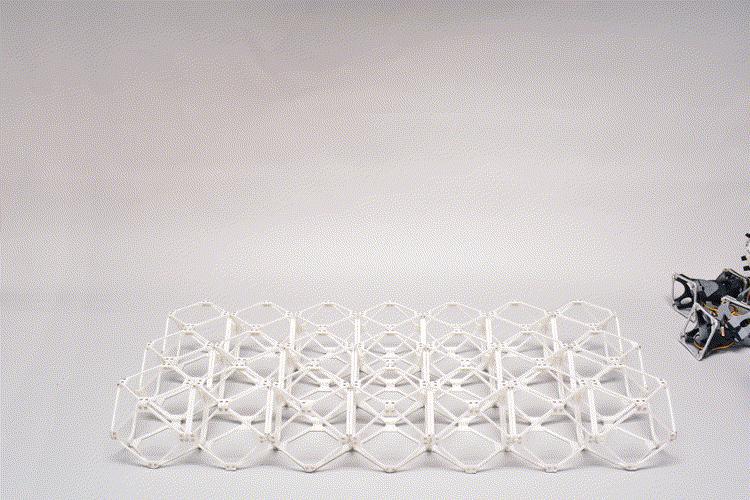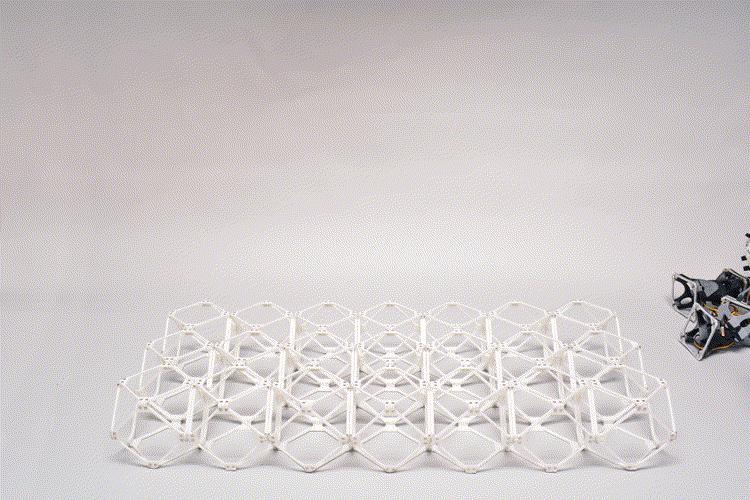Researchers at MIT's Center for Bits and Atoms are working on an ambitious project. Designing robots that effectively assemble themselves. The team acknowledged that the goal of an autonomous self-building robot is still "years away", but the work has yielded positive results so far. At the heart of the system are voxels (a term borrowed from computer graphics) that carry power and data that can be shared between parts. The parts form the basis of the robot by capturing and combining additional voxels before moving along the grid for further assembly.
Also See: Kidolog and Varsapp Announce Collaboration
"When you build these structures, you must also build intelligence"

In a related paper published in Nature, the researchers said;
Developing the appropriate level of intelligence for these systems is a major hurdle. Among other things, robots need to determine how and where to build, when to start building a new robot, and generally how to avoid colliding with each other in the process. "As you build these structures, you have to build the intelligence," says Neil Gershenfeld, co-author of the paper, in a paper. Hardware issues are actually ongoing. The team is currently trying to create stronger connectors to hold the voxels together.
Ultimately, it is clear that once the desire for such a system is complete, the team suggests that using robots to determine the optimal structure could save a lot of time spent prototyping. The MIT notes say. While interest in 3D-printed houses is growing every day, today they require printing machines as large or larger than the house being built. Again, the potential for such structures to be assembled by swarms of small robots instead could be beneficial. The Defense Advanced Research Projects Agency is also interested in the possibility of building structures to protect coasts against erosion and sea level rise.





No comments yet for this news, be the first one!...